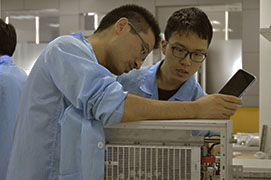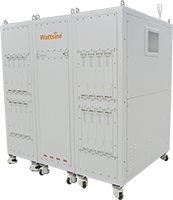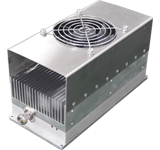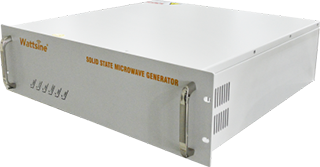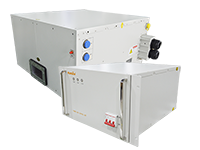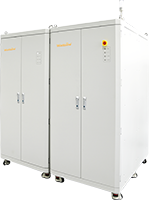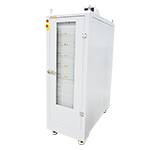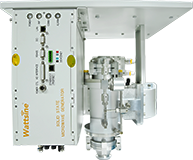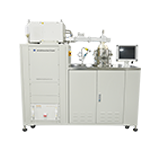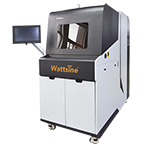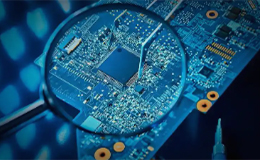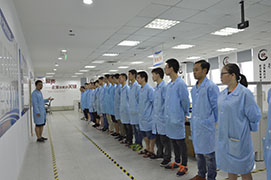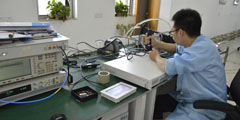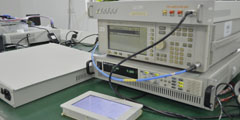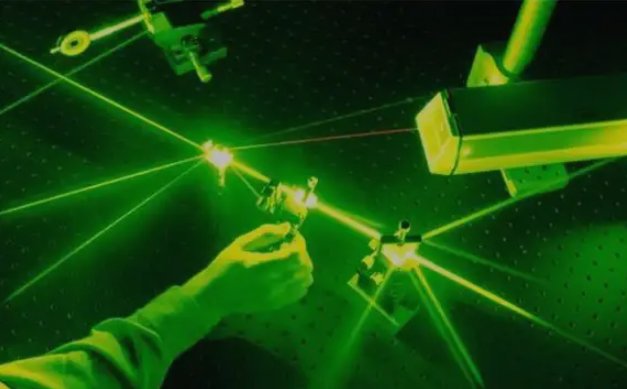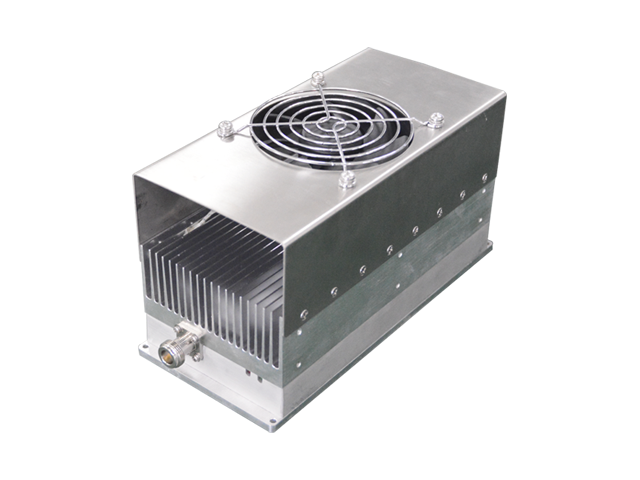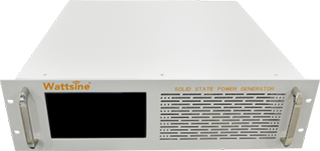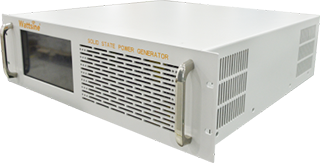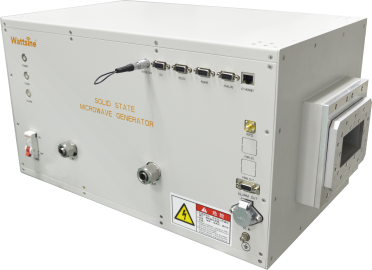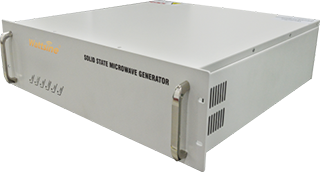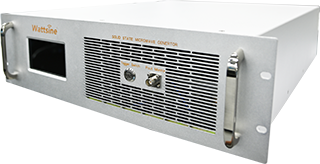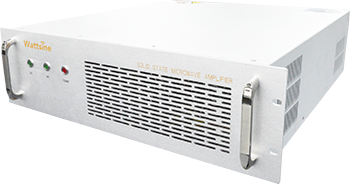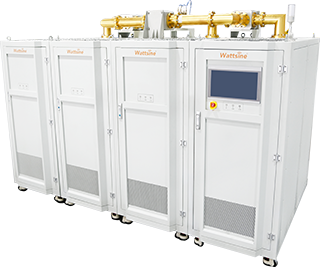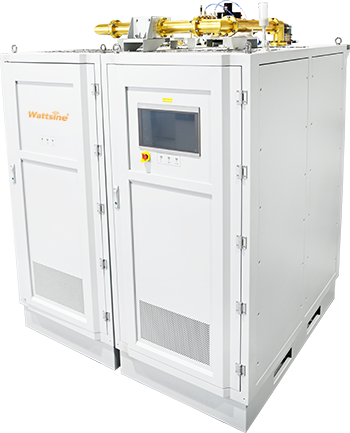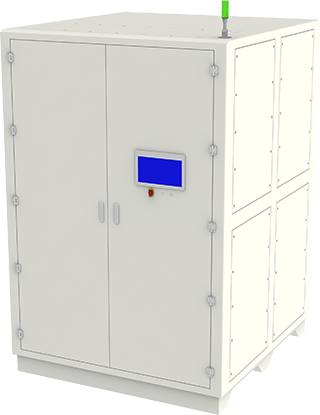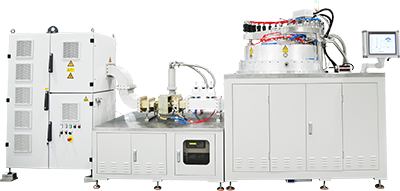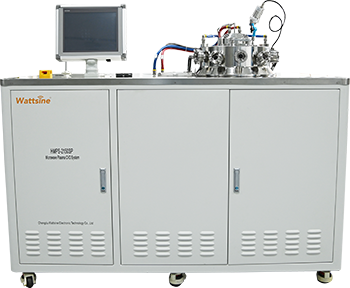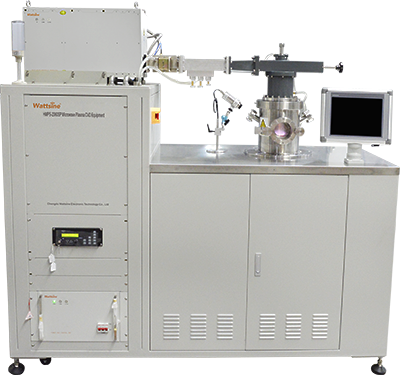The operating principle of a free-electron laser is based on the radiation generated by discrete charged particles (such as electrons) moving in a strong magnetic field (known as the absorption-emission radiation effect). The device typically consists of the following components: 1) a high-power microwave source; 2) an accelerator system; 3) a beam tube and related electron optical components.
Currently, high-power microwave sources on the market are primarily categorised into vacuum tube power devices and semiconductor power devices, with Wattsun solid-state microwave amplifiers falling under the latter category.
In the field of accelerator applications, the advantages of Wattsine's all-solid-state microwave power sources over traditional vacuum tube power devices are as follows:
High reliability ——
The all-solid-state microwave power source uses low-voltage power supply and is composed of multiple modules in parallel, so the failure of an individual module has minimal impact on overall performance. In terms of reliability, it is significantly higher than vacuum tube amplifiers.
High stability ——
The amplitude and phase of all-solid-state microwave power sources are primarily affected by temperature once the amplifier's operating state is determined. They exhibit high suppression of power supply fluctuations and are less affected by such fluctuations. Temperature changes are slow processes, and low-level control systems can effectively manage them;
Low maintenance costs ——
The modules of all-solid-state microwave power sources are cost-effective, with low repair costs in case of damage. They also do not require high voltage, can be replaced online, and have no components with limited lifespans, eliminating the need to back up expensive electron tubes.


